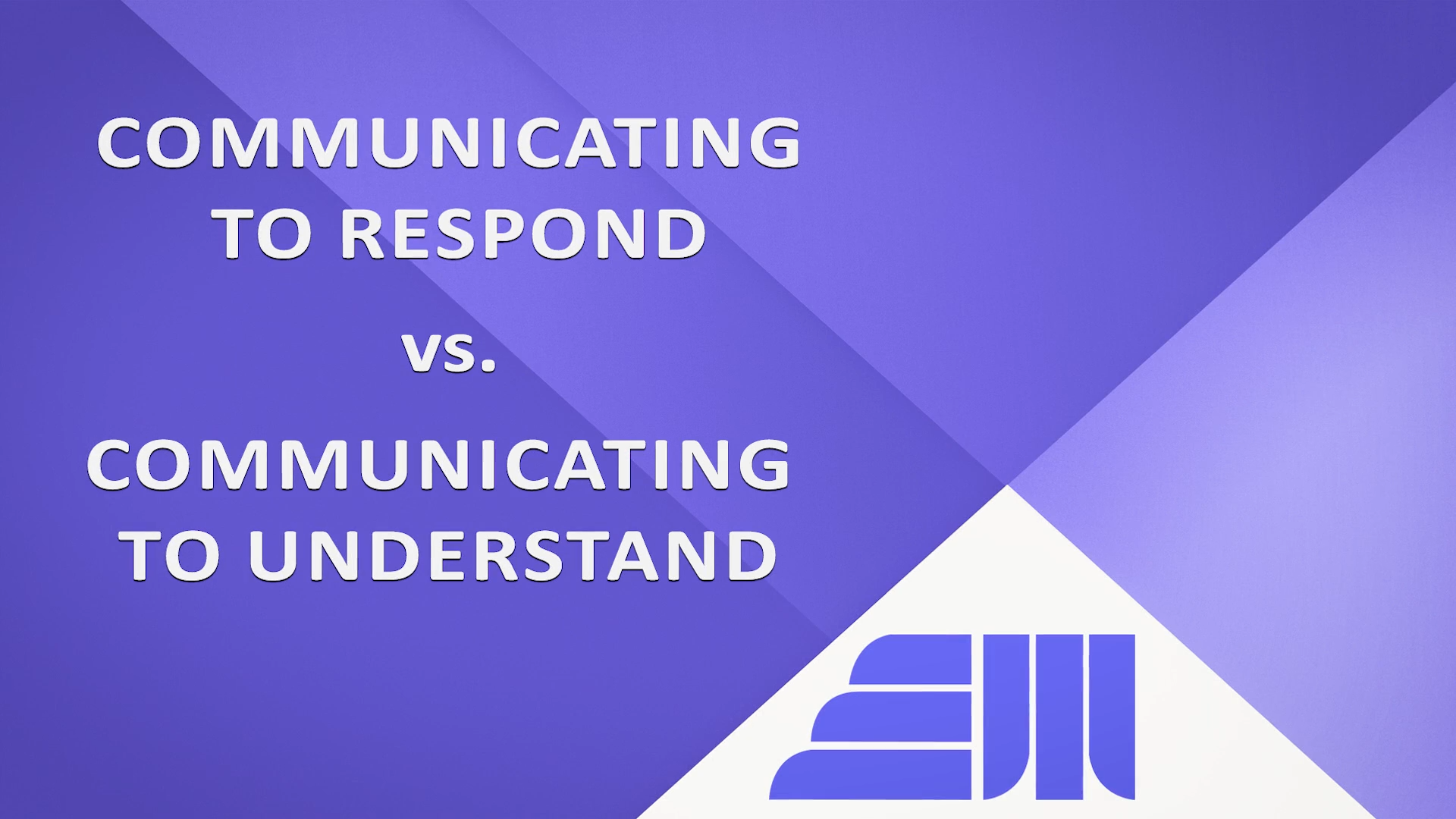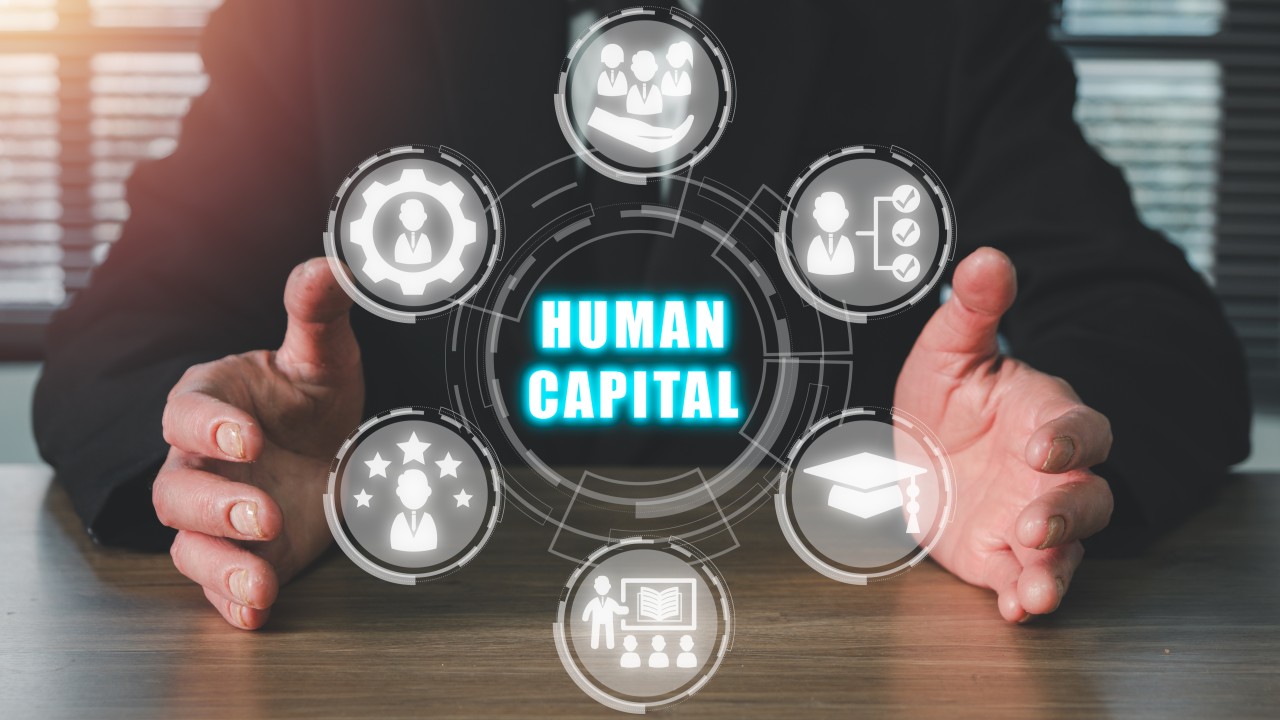
Distinguish Your Leadership with the Combination of Passion and Compassion
Being a passionate leader is no longer enough. Great leaders balance fire with empathy, drive with discernment, and urgency with understanding...

Founder
By Danielle Abril • Dec 13, 2022
When 24-year-old Mary Clare Wall read a message that said her colleague would be “out of pocket,” she and her young co-workers giggled.
As Generation Z workers, Wall and her peers interpreted the phrase to mean that their colleague planned to do something crazy or inappropriate, not that they would be unavailable. But in the same manner, she confused her older colleagues with her regular use of the word ‘slay.’“I [had to] give an almost definition of the word ‘slay,’” she said. “Now they all text me ‘slay.’ They’re excited they know how to use it.”
Generation Z — defined by Pew Research Center as those born between 1997 and 2012 — is bringing its own style of communication to the workplace. As conversations have increasingly moved online to text-driven environments, Gen Z’s form of messaging is creating a quirky challenge for multigenerational workplaces: the potential for confusing, anxiety-inducing and sometimes comical miscommunication.
Wall said using ‘slay,’ which to Generation Z means “good job” or “killing it,” is one of the many examples of how she and some of her older colleagues miscommunicate. Miscommunication also happens through uses of punctuation, phrases and emojis.
The presence of Gen Z, called zoomers, in the workplace is only growing. By 2030 they are expected to more than triple to account for 30 percent of total employment in Australia, France, Germany, the Netherlands, the United Kingdom and the United States, according to a study by Oxford Economics. For younger workers, that means being prepared for different interpretations of messages they send. And for older workers, that means getting comfortable asking questions.
“The trickiest thing is [language] keeps changing,” said Lieke Verheijen, an assistant professor who studies interpersonal and professional digital communication at Radboud University in the Netherlands. “This kind of misinterpretation can definitely complicate and hinder communication.”
Given that many zoomers grew up communicating digitally and through text, they’ve had to develop ways to incorporate tone and intention, said Verheijen. That means adding visual elements like memes and emojis and often using them ironically. And with their prolific use of social media, Gen Z workers are able to spread new trends to their peers much faster, leading to widespread adoption. To be sure, some of these slang were adopted from other communities. Alyssa Velez, a 23-year-old media relations specialist in Chicago, said she had to adjust to seeing periods at the end of a sentence in Slack and email messages from her colleagues. Once she received a comment from a colleague saying “good job.” But the period made her second guess whether she was actually being praised.
“I’m like, ‘Is it a good job?’” she said. “It just makes me nervous. I even had to ask, and then I’m like, ‘Oh, I’m overthinking it.’”
Janvi Kalra, a 23-year-old software engineer at San Francisco-based start-up Coda, agrees, noting that sometimes zoomers interpret periods as passive aggressive or cold because it’s so formal. But older colleagues prefer to use full sentences, complete with periods.
Kalra said often what causes the most confusion are emojis. She said a senior engineer once asked what she meant when she responded with a Slack reaction that coupled the fingernails emoji with a fire emoji on top (💅🔥).
“There’s the manicure emoji, and it means ‘Go on, queen,’” she said. “Then on our [Slack], there’s a fire on top so it’s double that.”
Enough questions arise from the generational divide that Coda has a Slack channel dedicated to helping colleagues understand Gen Z’s emoji use at work. Kalra said some zoomers interpret the emoji with open eyes and puckered lips (😗) as a face expressing judgment vs. a kissing face — an important distinction at the workplace. She and her peers also often use the skull emoji (💀) or open-mouth emoji with streaming tears to convey exaggerated laughter (😭) — as in dead from or crying of laughter.
But what about the generic smiley face that often appears in some apps after typing a colon and a closed parenthesis (🙂)? Some zoomers say this can come off as passive aggressive or cold.
“It looks dead in the eyes,” Kalra said. “It doesn’t seem warm.” Keith Broni, editor in chief of online emoji encyclopedia and archive emojipedia.org, said Gen Z tends to use emojis with much more nuance and creativity than prior generations because they grew up using them. Often, that means emojis take on a literal meaning much less frequently than they do with older colleagues.
“Earnestness is cringe,” he said. “It seems a little more ironic or sardonic.” Molly Foulkes, a 25-year-old client manager at workplace and event software company Frameable, said she bookends the lips emoji with an eyeball on each side to convey a “deadpan look” or shock (👁👄👁) — something she picked up from TikTok. But her older colleagues also have habits that throw her off. One is when they send her a thumbs up in response to anything other than a yes-or-no question.
“It can be disheartening and sometimes annoying,” she said, adding that it can also cause confusion. “Are they following up? When should I?”
Stop Slacking me: How to set digital boundaries for chatty colleagues
Ellipses is another element that can create hesitation for some zoomers. Older generations tend to use … as a casual way to break up or to change the pacing of a story, Broni said.
But Wendy Montaño, a 23-year-old technical support analyst for a Texas-based tech company, said she absolutely “hates” ellipses.
“If anyone ever uses dot, dot, dot, I just think, ‘Oh my God, I pissed them off,’” she said. “My brain automatically goes, ‘What did I say?’ or ‘Oh my God, was this annoying?’”
She and her peers are much more likely to include exclamation marks — something she notices older colleagues don’t use as often. For her, one or even consecutive marks helps express her enthusiasm.
Another common speed bump for zoomers? Big blocks of text in one message. For some, receiving a message from a colleague that has several requests or suggestions can feel starkly formal, a little overwhelming or possibly even confusing if there’s too much squished into one place, they said. Gen Z tends to separate their thoughts and questions into different messages, which also eliminates the need for capitalization and punctuation, Verheijen points out.
“Older generations adapted the idea of email from letter writing,” said Andrew High, a Penn State associate professor who studies interpersonal communication. “For Gen Z, letter writing was foreign. They were texting.”
High says that zoomers have been interacting and maintaining relationships online for a greater proportion of their lives than anyone else. This influences what they see as normal.
For some zoomers, the immediacy of text messaging has also altered how quickly they expect to receive communication responses. Layla Wellington, a 22-year-old graduate assistant for the University of Illinois Springfield, said she had to acclimate to a delay in receiving responses to emails.
“With that gap, we can build emotion about why they aren’t responding,” she said, adding that she didn’t use email much before college. “I had to realize that it takes time and a lot of people like to reply in business hours.”
To mitigate potential misinterpretations, Wall, like several zoomers, said her solution is to “code switch” at work. So she’ll mimic her colleagues’ style and stick to well-known emoji use and phrases.
But Wall admits it’s even difficult for her to keep up with the latest trends and lingo. For example, her brother, who’s four years younger, only communicates via direct messages on Instagram.
“I’m trying to pay attention to my friends, but we’re not that cool,” she laughs. “It’s funny how trends get to kids younger than me faster.”

Being a passionate leader is no longer enough. Great leaders balance fire with empathy, drive with discernment, and urgency with understanding...

Founder

When communication breaks down, so does trust. And when trust disappears, so does engagement, performance, and retention...

Founder

In todays rapidly evolving business landscape, organizations are increasingly recognizing that their most valuable asset isn't their technology, infrastructure, or even their intellectual property—it's their human capital.

Founder